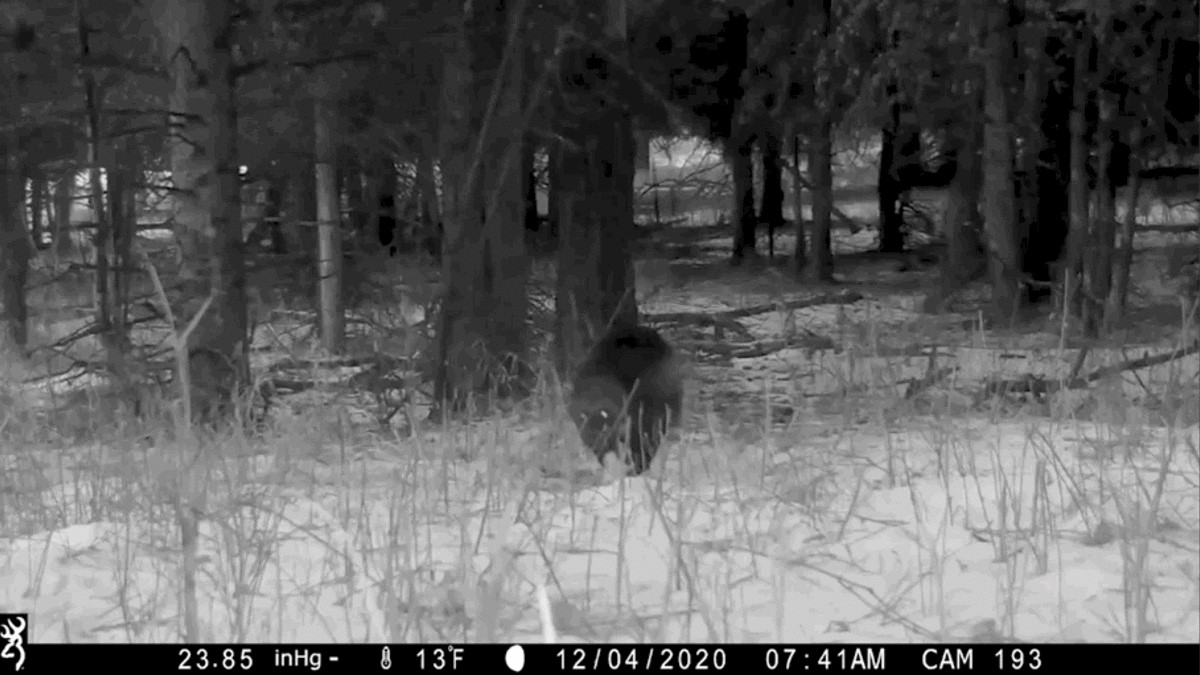Rare wolverine caught on camera in Yellowstone National Park
A wolverine was spotted in Yellowstone National Park for the first time since remote cameras were deployed in the park in 2014

A wolverine running through the snow in a forested area of Yellowstone National Park was captured in a five-second clip after it triggered a wildlife camera.
Releasing the footage to their Twitter page on January 13, Yellowstone National Park stated that: "last month, park biologists were excited to find one of Yellowstone’s rarest mammals triggered a remote trail camera outside the Mammoth Hot Springs area: a wolverine!".
The remote camera was originally intended to monitor the cougar population, and has been in use since 2014. Elaborating on their Facebook page, Yellowstone say: “this technology has since become increasingly valuable for detecting and monitoring a variety of species and aspects of Yellowstone’s ecology.”
Last month, park biologists were excited to find one of Yellowstone’s rarest mammals triggered a remote trail camera outside the Mammoth Hot Springs area: a wolverine!Video description: Black and white video of wolverine running through a snow-blanketed, forested area. pic.twitter.com/1wkWwHn8GnJanuary 13, 2021
- Observe all of the best binoculars in our buying guide
- How to get into nature watching and appreciate the natural world
- What to do if you encounter a mountain lion
This is the first sighting in the National Park since the cameras were deployed in 2014. This also comes just 5 months after a Wolverine mother and her two offspring – known as Kits – were spotted for the first time in 100 years in Mount Rainier National Park in Washington State.
Wolverines are elusive animals, solitary predators who require large amounts of space, so capturing a wolverine on camera was a wonderful moment for the park.
It is estimated there are fewer than 300 wolverines in the Contiguous United States, but the Trump administration decided not to review listing the animal as threatened – they instead determined the Wolverine population to be healthy.
Climate change means that den sites for wolverine are becoming less plentiful, as snow is essential for them. Also, the National Park Service indicates that 600 square miles of high quality habitat can support just six individual wolverines. The high quality habitat needs ample prey and a lack of human interference – something which is becoming increasingly hard to find.
All the latest inspiration, tips and guides to help you plan your next Advnture!
